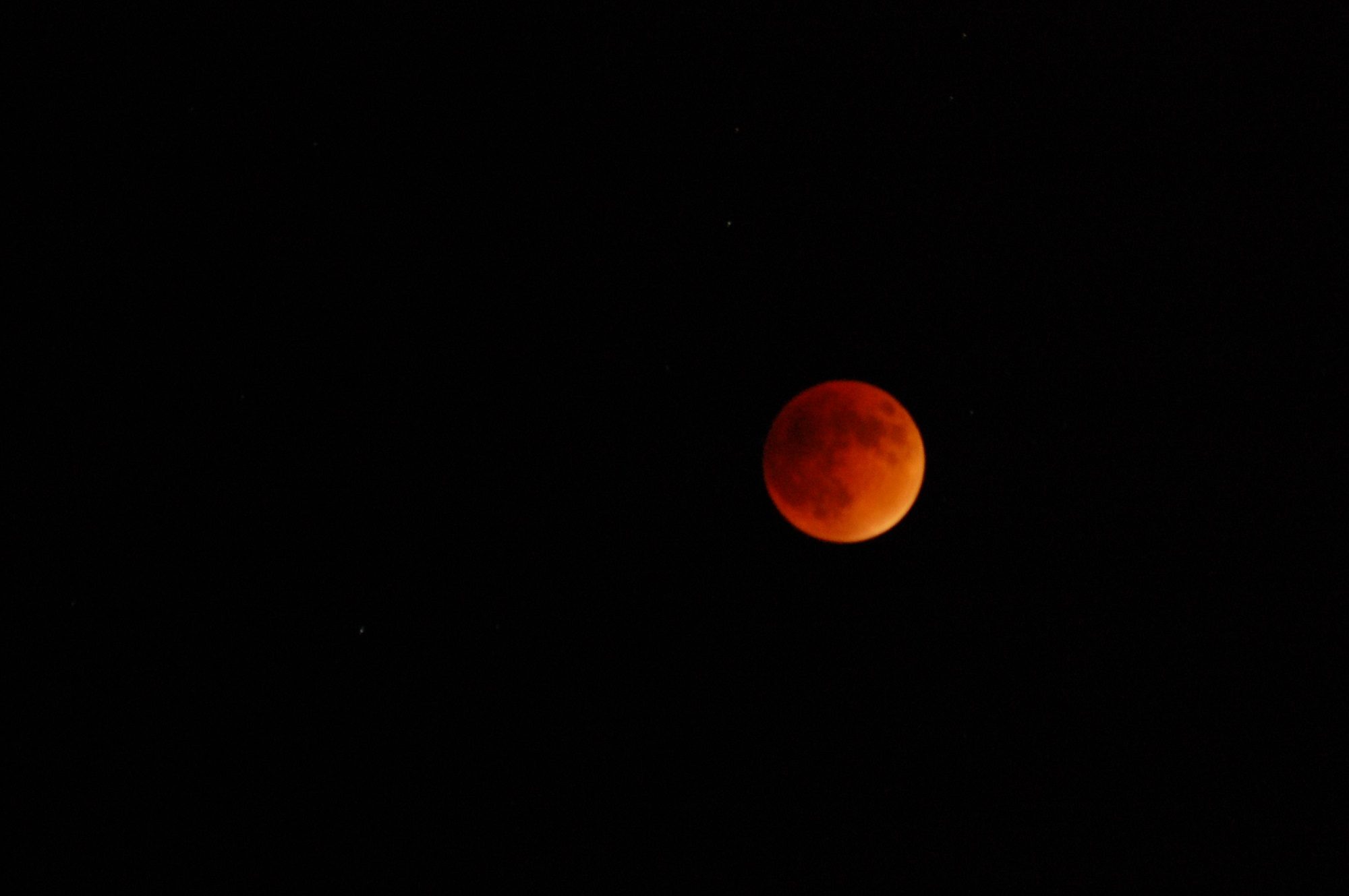Multispectral and Texture Feature Application in Image-Object Analysis of Summer Vegetation in Eastern Tajikistan Pamirs
by Eric Ariel L. Salas, Kenneth G. Boykin and Raul Valdez
Abstract: We tested the Moment Distance Index (MDI) in combination with texture features for the summer vegetation mapping in the eastern Pamir Mountains, Tajikistan using the 2014 Landsat OLI (Operational Land Imager) image. The five major classes identified were sparse vegetation, medium-dense vegetation, dense vegetation, barren land, and water bodies. By utilizing object features in a random forest (RF) classifier, the overall classification accuracy of the land cover maps were 92% using a set of variables including texture features and MDI, and 84% using a set of variables including texture but without MDI. A decrease of the Kappa statistics, from 0.89 to 0.79, was observed when MDI was removed from the set of predictor variables. McNemar’s test showed that the increase in the classification accuracy due to the addition of MDI was statistically significant (p < 0.05). The proposed method provides an effective way of discriminating sparse vegetation from barren land in an arid environment, such as the Pamir Mountains.
Keywords: object-based analysis; Pamir Mountains Tajikistan; Moment Distance; MDI; Marco Polo argali; multispectral application; image texture; arid environment
To cite the paper:
AMA Style
Salas EAL, Boykin KG, Valdez R. Multispectral and Texture Feature Application in Image-Object Analysis of Summer Vegetation in Eastern Tajikistan Pamirs. Remote Sensing. 2016; 8(1):78.
Chicago/Turabian Style
Salas, Eric A.L.; Boykin, Kenneth G.; Valdez, Raul. 2016. “Multispectral and Texture Feature Application in Image-Object Analysis of Summer Vegetation in Eastern Tajikistan Pamirs.” Remote Sens. 8, no. 1: 78.
Download the paper here (PDF).

1 thought on “Multispectral and Texture Feature Application in Image-Object Analysis of Summer Vegetation in Eastern Tajikistan Pamirs”